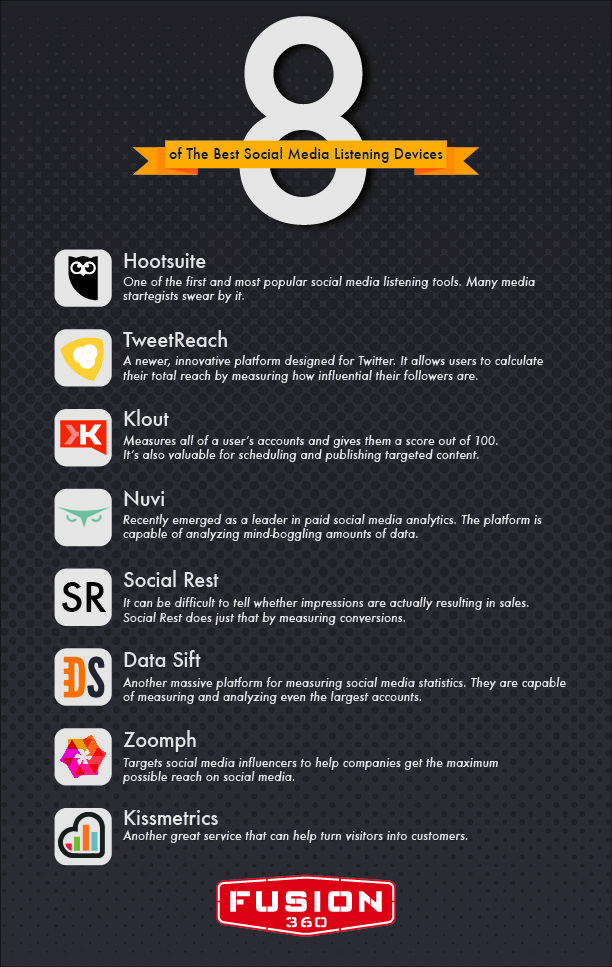Shockingly, there are still a handful of old-school marketers out there who view the field of SEO as little more than some sort of complex pseudoscience.
While you and I might now that it’s not, in order to help the reluctant get onboard with our craft of choice, it’s imperative that a conscience effort be made to stay up-to-date with what’s most effective for building rapport with the Internet’s largest, most influential search engines.
In need of some help? Here’s what you absolutely, without a doubt can’t bank on in the coming months and years:
1) Focusing Purely On Google
Yes, Google is clearly the focal point for most SEO specialists. There’s nothing wrong with that. However, in the near future, Google can’t be the only focus. We know this because of what’s currently taking place with widespread search trends.
Obviously, Google still takes the cakes as the easiest way for Web users to get what they want. Yet, people are now also using personal digital assistants like Siri and Cortana for getting the information they so desperately crave.
Additionally, believe it or not, Google users are on the decline. Bing and Yahoo? Not so much. Though nothing’s skyrocketing, usership is on the rise.
2) Producing Little More Than Written Content
What’s most crazy about all of this is that, for years now, studies have shown that multimedia content performs better with search engines than that of a more editorial nature. Nevertheless, most content marketing agencies still focus entirely on writing.
Sure, written content isn’t going anywhere and still works well, but there are simply more effective ways of doing things. New platforms, features and demographic-driven data now call for images, video and other interactive elements to be used by both SEO and content marketing specialists.
3) Desktop Optimization
For the longest time, desktop optimization was considered the standard of sound SEO practice.
While there wasn’t anything innately wrong with that, mobile optimization has become the bigger need as users have shifted from using traditional computers to smartphones when surfing the Internet.
In fact, says Jason DeMers in an article written for Forbes, “Now, with mobile traffic surpassing and outpacing desktop traffic in growth and Google far more concerned with a sufficient mobile experience, that standard way of thinking is becoming irrelevant. As long as your site is sufficiently optimized for mobile, soon it won’t matter much how it looks on a desktop.”
4) Building Backlinks In Droves
There’s always been a series of strong dividing lines between SEO, content marketing and public relations. With the passage of time, those lines are blurring.
Think about it—up until this point, more than likely, you’ve been posting links to your domain on blogs, forums, Q&A outlets or Web 2.0 sites. Why? Well, it’s super easy. There’s no editorial review whatsoever, so why wouldn’t you?
While not horribly effective, there’s still a measurable SEO benefit from such a tactic. However, don’t get too excited—Penguin revisions are pegged to all but destroy this strategy.
Yup, this means that you and your team are going to need to place even more importance on building industry-specific relationships, guest posting on authoritative sites and quality content.
Simply put, there’s no getting around it—SEO is an ever-changing industry. Instead of looking at the situation as an obstacle that needs to be overcome, view it as a way to further distance yourself from your competitors by way of awesome results.
By so doing, when all is said and done, both you and your clients will be pleased with what’s taken place.





